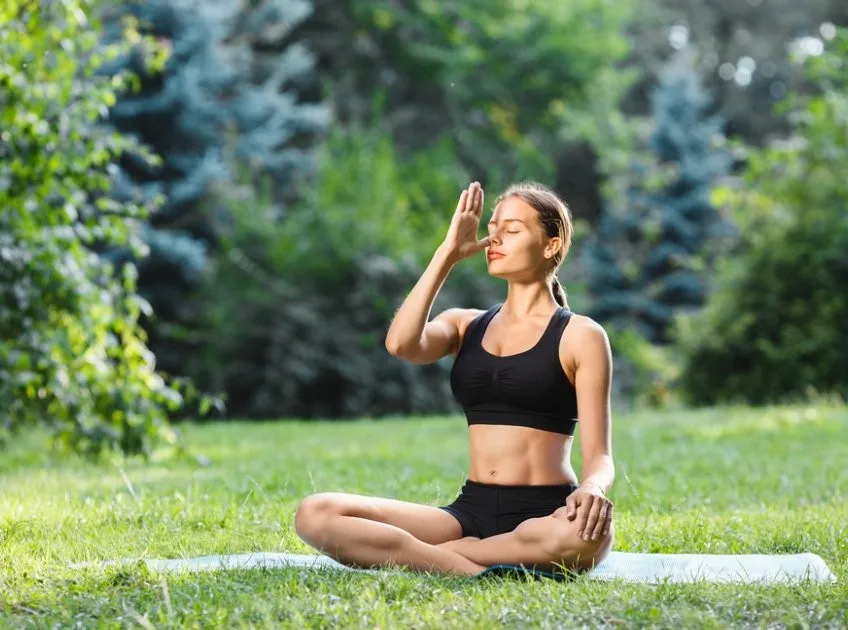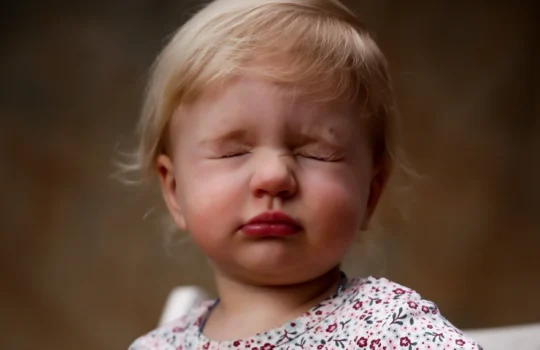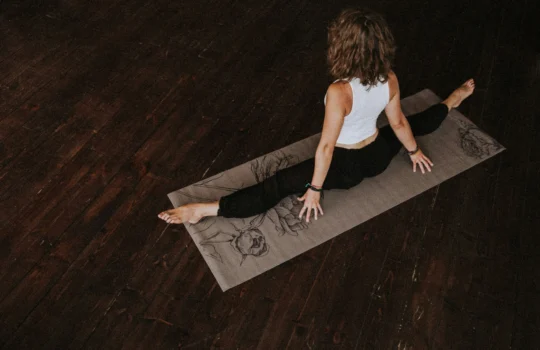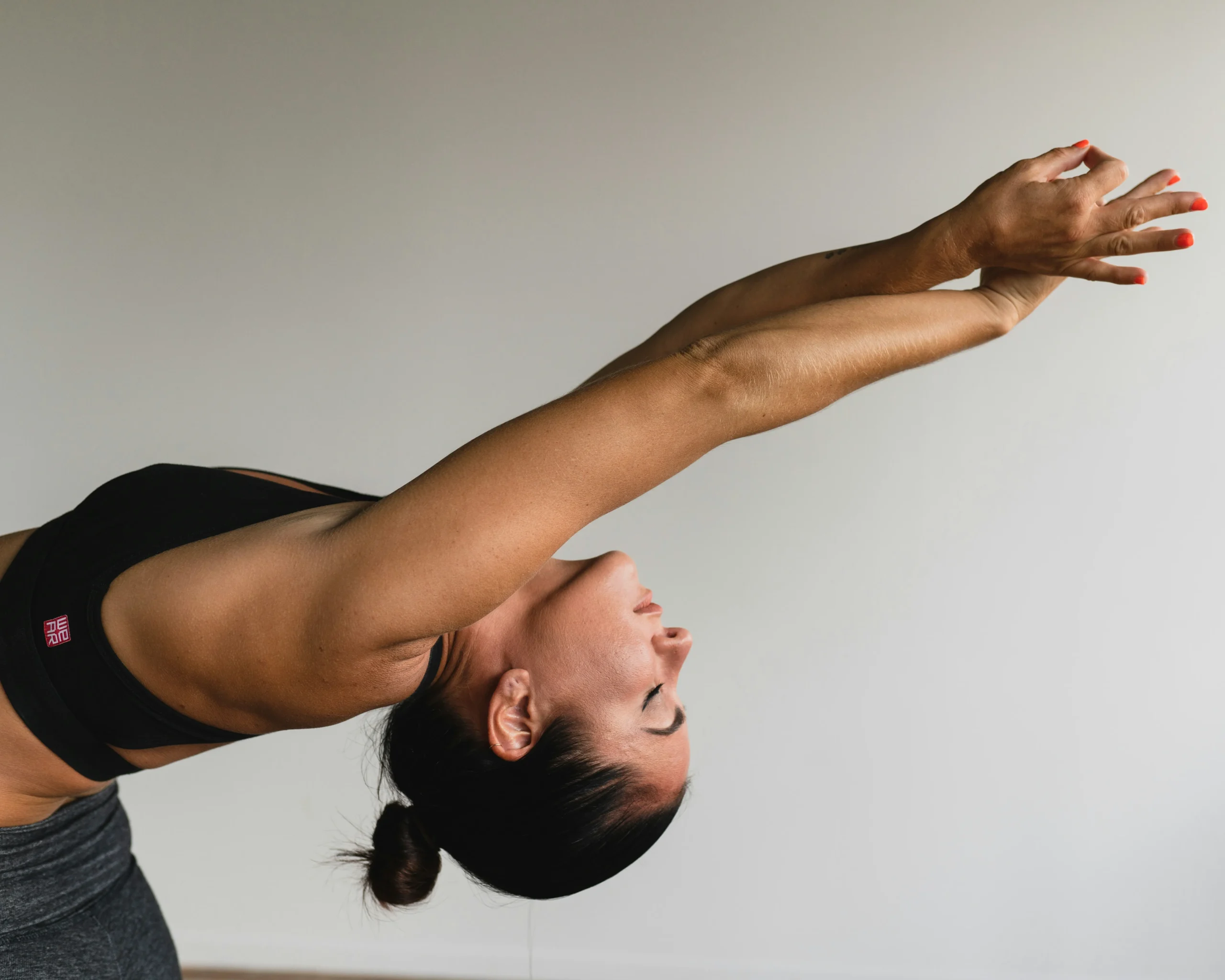Breathing — it’s the first thing we do when we enter this world and the last thing we do when we leave it. But what if I told you there’s a way to breathe that could change the way you feel, think, and handle stress, aka emotion regulation?
Welcome to the world of Pranayamas, an ancient yogic practice that’s all about mastering the art of breathing for better emotion regulation. Before you roll your eyes and think, “It’s just breathing, how powerful can it be?” — stick with me. You’re about to discover the science-backed reasons why pranayamas are not just breathing exercises but a key to unlocking a more balanced, stress-free life.
Table of Contents
Understanding Pranayamas: The Basics
“Pranayama” is a Sanskrit word that literally translates to “extension of the life force.” The practice involves various breathing techniques designed to influence the flow of prana (life energy) in the body, promoting physical and mental wellness. But pranayamas are more than just deep breaths on a yoga mat; they are a bridge between the conscious and the unconscious, helping to regulate the body’s response to stress and emotions.
The Science of Breath
Breathing is automatic, but its impact on our health is profound. Each pranayama technique has a specific rhythm and method, affecting the body’s autonomic nervous system. Some practices energize, while others calm. By controlling breath, we can switch gears from the sympathetic nervous system (think fight or flight) to the parasympathetic nervous system (rest and digest), allowing us to manage our stress and emotions more effectively.
Types of Pranayamas
- Anulom Vilom (Alternate Nostril Breathing): Balances the left and right hemispheres of the brain.
- Kapalabhati (Skull Shining Breath): Invigorates the body and clears the mind.
- Bhastrika (Bellows Breath): Enhances lung capacity and boosts energy levels.
The Mind-Body Connection and Pranayamas
Our emotions and physical states are inextricably linked. Ever noticed how stress can cause a stomachache or how a deep breath can calm nerves? Pranayamas leverage this mind-body connection by using breath to influence our mental states, proving that controlling our breathing can directly impact our emotional health.
Pranayamas and Emotional Health
Regular practice of pranayamas can enhance mood and reduce symptoms of depression and anxiety. By focusing on breath, we become present, cutting through the noise of past regrets and future worries. It’s like hitting the pause button on life’s chaos to reset and recharge.
The Role of Pranayamas in Stress Reduction
Stress is a constant in modern life, but pranayamas offer a natural antidote. Techniques like Shitali Pranayama (Cooling Breath) can cool down the body and mind, reducing feelings of anger and agitation. Meanwhile, Ujjayi Pranayama (Ocean Breath) is perfect for those moments of acute stress, providing a soothing rhythm to anchor your mind and calm your nerves.
The Bottom Line
Pranayamas are a gateway to understanding and regulating our emotions through the simple, yet profound act of breathing. Whether it’s reducing stress, improving mental clarity, or just finding a moment of peace in a hectic day, these ancient techniques have a place in our modern lives. So, next time you find yourself overwhelmed by emotions or stress, remember: the power of breath is literally at your fingertips.
Stay tuned as we dive deeper into each pranayama technique in future posts, exploring how they can transform your emotional well-being and lead to a more balanced life.
“Pranayama is the practice of breath control. The word prana refers not only to breath, but also to air and life itself.” – Christy Turlington
Pranayamas for Anxiety: A Natural Remedy
Anxiety can feel like a relentless storm inside your head, but what if you had a natural anchor to weather that storm? Enter Pranayamas, ancient breathing techniques that can be your calm amidst the chaos.
The Breathing-Anxiety Connection
When anxiety hits, our breathing pattern changes, often becoming shallow and rapid, which only amplifies the stress response. Pranayamas teach us to take control of our breath, shifting the body’s balance from panic to peace.
Techniques to Try
- Nadi Shodhana (Alternate Nostril Breathing): This technique is a superstar for those anxiety-ridden moments, promoting balance and tranquility in the mind.
- Brahmari Pranayama (Bee Breath): The gentle humming sound and the vibration created during this practice are incredibly soothing for the nervous system, melting away anxiety.
Boosting Emotional Resilience with Pranayamas
Emotional resilience is our ability to bounce back from stress and adversity, and just like a muscle, it can be strengthened over time — with the right exercises. Pranayamas are one such workout for your emotional resilience.
Building a Stronger Emotional Core
Regular pranayama practice helps in cultivating an inner calm that stands strong even when external circumstances try to topple it. This inner stability is the cornerstone of emotional resilience.
Pranayamas to Cultivate Resilience
- Ujjayi Pranayama (Victorious Breath): Known for its ability to increase focus and soothe the mind, this breath is a shield against the daily grind.
- Sitali Pranayama (Cooling Breath): When emotions run hot, this cooling breath brings a refreshing perspective.
Pranayamas as a Tool for Mindfulness and Awareness
Mindfulness means being fully present in the moment, and awareness is the first step towards emotion regulation. Pranayamas, with their focus on breath, are a direct path to achieving both.
Breathing as a Gateway to the Present
Each inhale and exhale during pranayama practice is a reminder to stay anchored in the now. This awareness of breath helps to quiet the mind and bring a sense of immediate presence.
Techniques for Mindfulness
- Anulom Vilom (Alternate Nostril Breathing): This technique not only balances the body but also brings a heightened state of awareness to the mind.
- Sahita Kumbhaka (Suspended Breath): Pausing the breath teaches patience and control, enhancing mindfulness and concentration.
Wrapping It Up
Pranayamas are more than ancient rituals; they are practical tools for today’s world. Whether it’s combating anxiety, fortifying emotional resilience, or deepening mindfulness, these breathing techniques offer a natural, accessible path to well-being. So why not take a deep breath and let pranayamas guide you to a more balanced, mindful, and emotionally resilient life?
By incorporating these practices into your daily routine, you’re not just breathing; you’re tuning into a profound wisdom that has the power to transform your emotional landscape. Let’s embrace the breath as our most intimate ally in the journey towards emotional well-being.
The Science Behind Pranayamas and Emotion Regulation
Ever wonder how taking a deep breath can make you go from panicked to peaceful? It’s not magic; it’s science. Pranayamas impact our emotional regulation by influencing our physiological state.
Neurological Impact
Pranayamas can alter our brain chemistry, specifically targeting the areas involved in emotion regulation, such as the prefrontal cortex and limbic system. This helps in reducing stress responses and enhancing mood.
Physiological Benefits
Practicing pranayamas increases oxygen supply to the brain, improving neural connectivity and promoting a sense of calm. Moreover, it balances the autonomic nervous system, reducing the fight-or-flight response and activating the rest-and-digest state, crucial for emotional stability.
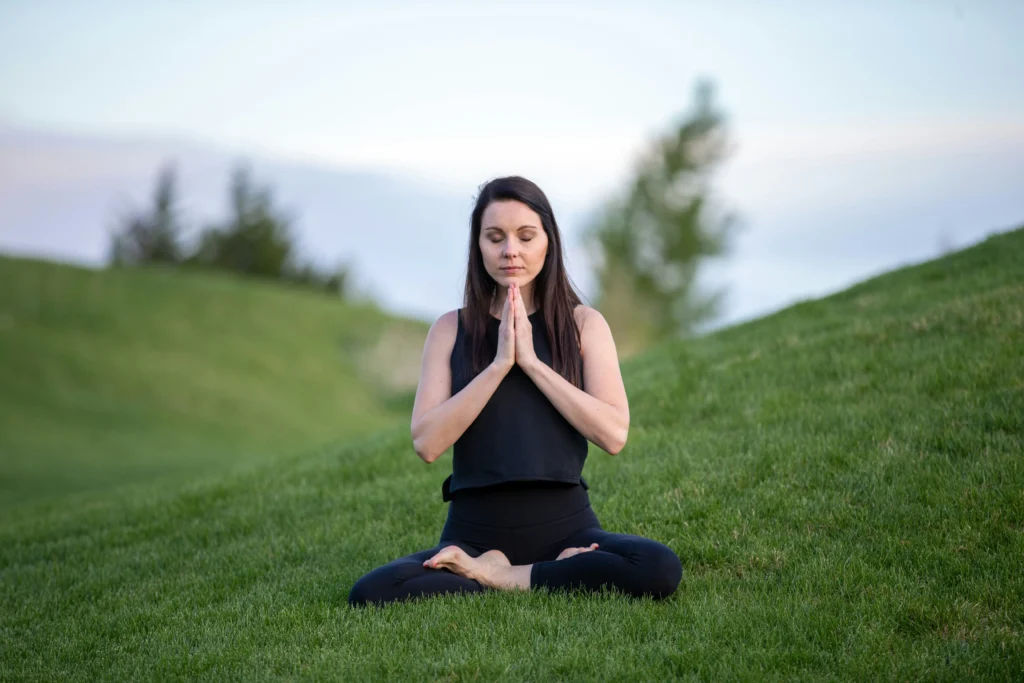
Incorporating Pranayamas into Daily Life for Emotional Balance
Integrating pranayamas into your daily routine might seem daunting, but it’s all about finding moments throughout your day.
1. Morning Routine
Start your day with a few minutes of Anulom Vilom to balance the mind and body, setting a calm tone for the day ahead.
2. Break Time Breaths
Take short pranayama breaks, like Bhramari, during your workday to reset your mind and reduce stress.
3. Evening Wind Down
End your day with Shitali Pranayama to cool down the body and mind, promoting restful sleep.
Overcoming Emotional Challenges Through Pranayamas
Life throws curveballs, and our emotional responses can sometimes feel overwhelming. Pranayamas offer a way to navigate these challenges with grace.
Immediate Relief in Stressful Situations
Breathing exercises like Ujjayi can provide immediate stress relief, helping you to remain calm in stressful situations.
Long-Term Emotional Strength
Regular pranayama practice builds a reservoir of emotional resilience, enabling you to handle life’s ups and downs more effectively.
Pranayamas: A Journey Towards Emotional Liberation
Embracing pranayamas is embarking on a journey of self-discovery and emotional freedom. It’s about unlocking the potential to live a life not dictated by fleeting emotions but guided by a deep sense of inner peace and clarity.
A Lifelong Companion
Pranayamas are not just techniques but lifelong companions that support emotional well-being and personal growth.
Conclusion
Pranayamas are a powerful, ancient practice with modern-day relevance, offering a natural and accessible path to managing our emotions and achieving a state of balance and wellbeing. From the scientific mechanisms to practical daily application, and their role in navigating life’s emotional challenges, pranayamas provide us with a toolkit for emotion regulation and liberation.
As we close this journey through the art and science of pranayamas, remember that each breath is an opportunity—an opportunity to choose calm over chaos, peace over turmoil. So, why not take that deep breath and let it guide you towards a more balanced, emotionally resilient life? Your journey towards emotional liberation starts with a single breath. Let’s breathe our way to a happier, healthier existence, one inhale and exhale at a time.
Subscribe to our newsletter for more guides, tips, and insights into the wonderful world of yoga and wellness. Let’s breathe our way to a healthier, happier, and more harmonious life together!
Let’s explore the yoga deeper and visit other blogs that you’re interested in:
- 10 Amazing Yoga Exercises for The Eyes That Can Sharpen Your Vision
- Why Eco-Friendly Yoga? Practices and Products for a Sustainable Lifestyle You Need Now
- 5 Critical Reasons Why Children Need to Learn Yoga and Meditate
Go to home page for other amazing content to enlighten you about yoga, mindfulness and meditation.

